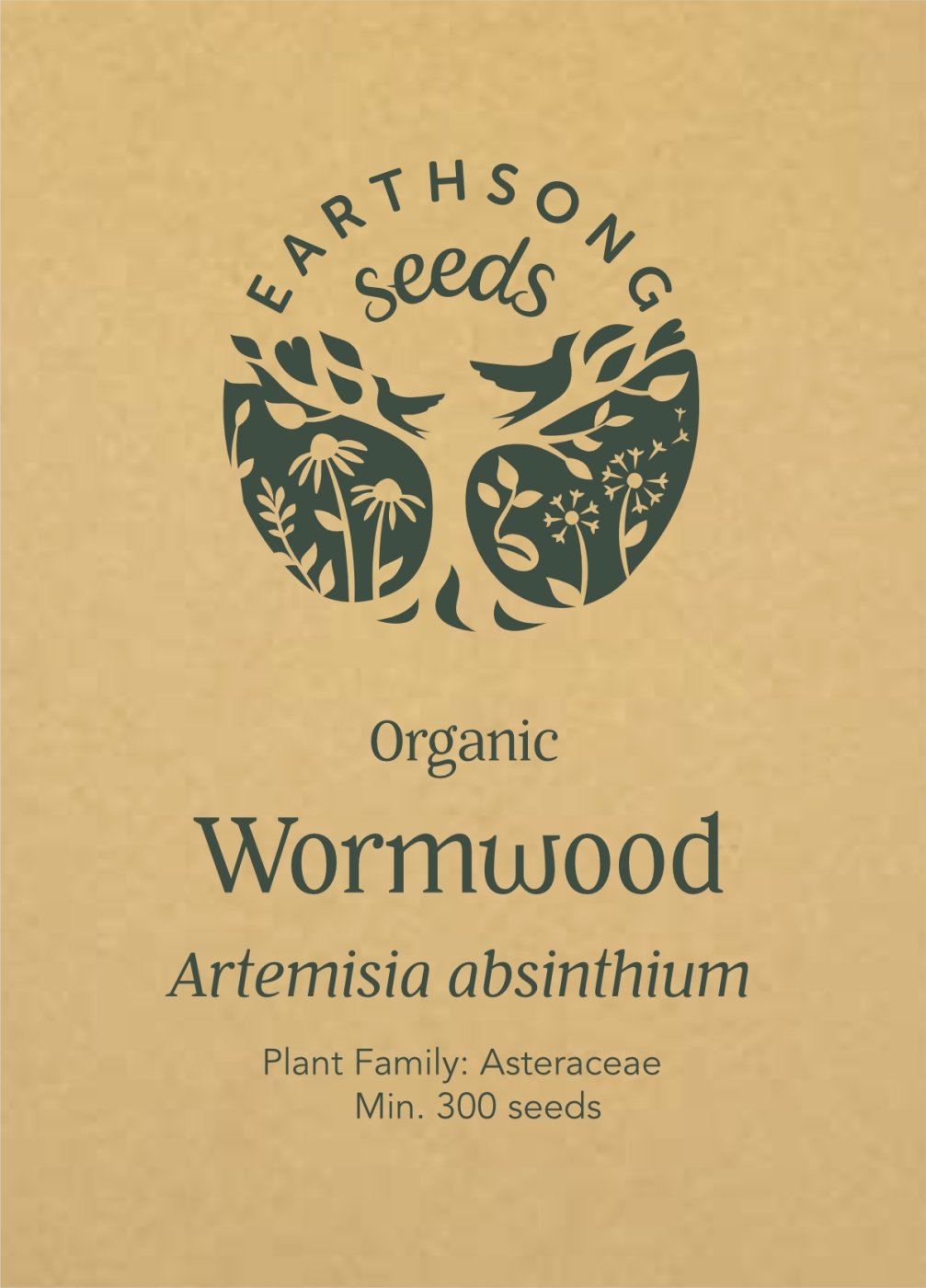Description
Wormwood is a powerful bitter that is most commonly used for stimulating the digestive system. It is also an effective vermifuge used for treating internal parasites.
Like its close relative mugwort, wormwood has been used since ancient times and is rich in folklore. Its intense bitterness is mentioned in the Bible as well as in the writings of Shakespeare (in Hamlet, the phrase ‘wormwood, wormwood’ was spoken to signify the bitterness of someone’s words). It is also a key ingredient in absinthe – the infamous spirit that was so popular with 19th century artists. Like mugwort, it is said to have certain esoteric qualities and is sometimes burnt as an incense to purify spaces and taken to heighten psychic powers.
Wormwood is a perennial plant that is native or naturalised in many parts of the northern hemisphere. It grows best in full sunshine, but can also grow in semi-shade and seems to tolerate all soil types, including very dry, rocky soils. It is fast growing and can grow into a large spreading bush so make sure you give it plenty of space to grow into.
Wormwood can cause vomiting and stomach cramps if taken in large doses, so do take care with this powerful herb.













